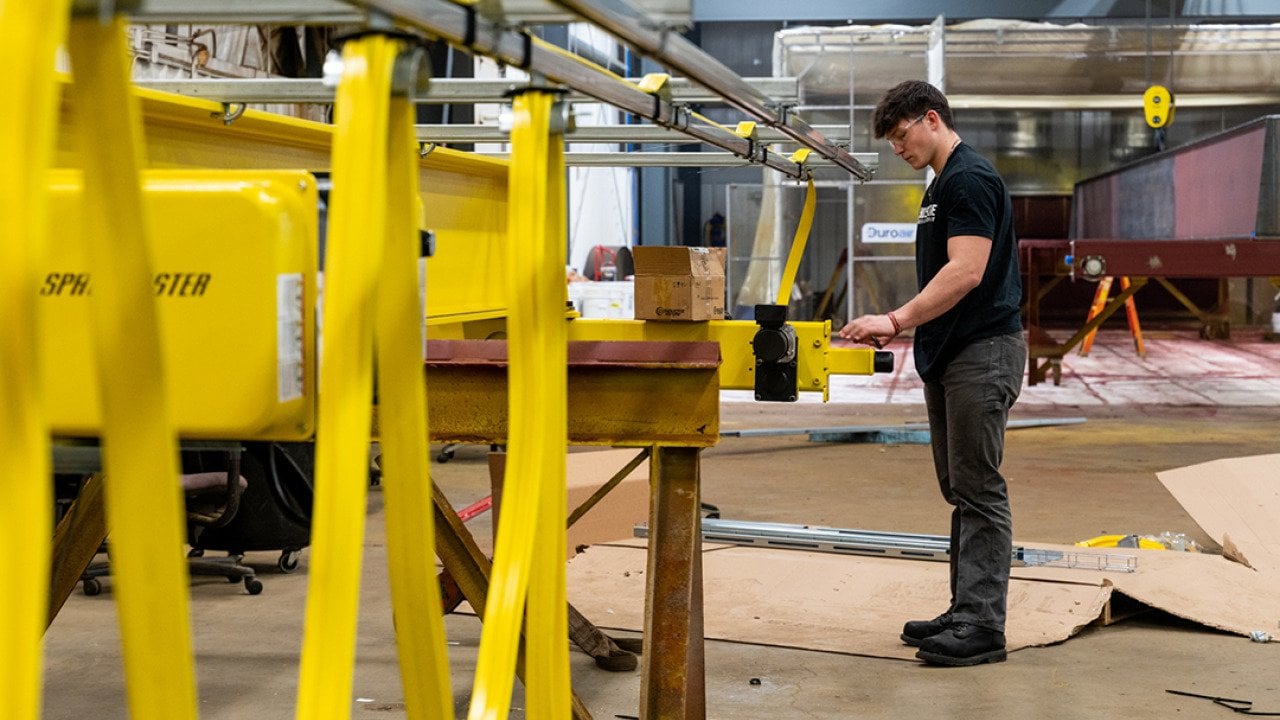Youth apprenticeships are rapidly emerging as a transformative model in education, offering a compelling alternative to traditional college pathways. This innovative “earn and learn” approach is gaining significant traction across the United States, with Indiana, particularly Elkhart County, at the forefront of this pioneering movement, reshaping how students transition from high school to meaningful careers.
Elkhart County’s initiative, launched in 2019, places high schoolers directly into real-world work-based learning experiences combined with classroom instruction. This strategic focus, part of a broader plan to bolster regional economic prospects, has seen approximately 80 students participate this academic year across diverse fields such as healthcare, manufacturing, and engineering, demonstrating a tangible commitment to Indiana education reform.
The appeal of these programs is multifaceted; students earn a paycheck, gain valuable industry connections, and receive work-based learning credits, often leading to industry-recognized certifications. This model directly addresses the rising cost and perceived diminishing returns of a four-year college degree, presenting viable career pathways that lead to well-paying jobs for the future workforce.
Despite growing national support, including executive orders advocating for expansion, the number of youth apprenticeships remains “infinitesimally small” compared to the vast high school population. Challenges persist, notably in attracting enough employers, overcoming transportation barriers, and shifting parental perceptions who often favor traditional college routes over skilled trades.
Contrasting with the U.S., countries like Switzerland have long embraced comprehensive apprenticeship models, with 70% of their high schoolers participating. Indiana, alongside states such as Colorado and South Carolina, has actively studied these successful international models to adapt and implement them effectively within their own educational frameworks.
Indiana’s commitment to this educational paradigm shift is evident through significant state investment, totaling at least $67 million, and a new diploma system emphasizing experiential learning. Success stories, like students earning $13.50 an hour in human resources or securing company-paid college tuition, highlight the immediate and long-term benefits of these structured programs.
Modern apprenticeships fundamentally differ from past vocational education, which often steered students towards lower-paying jobs. Today’s programs demand continuous skill acquisition and certifications, preparing individuals for evolving roles within the future workforce and fostering upward mobility, thus expanding, rather than limiting, students’ long-term career opportunities.
The initiative’s roots in Elkhart County trace back to the 2008 recession, when community leaders sought to diversify industries and build resilience against economic instability. Organizations like Horizon Education Alliance (HEA) and CareerWise have been instrumental in bridging the gap between schools and businesses, meticulously designing programs to cultivate a robust pipeline of local talent.
While scaling remains a hurdle, with demand often outstripping available positions, business leaders attest to the benefits, including reduced recruitment costs and increased employee loyalty. With ongoing efforts to standardize curriculum and provide employer incentives, Indiana is steadily paving the way for youth apprenticeships to become a widely accepted and highly valued component of national education and future workforce development.






Leave a Reply